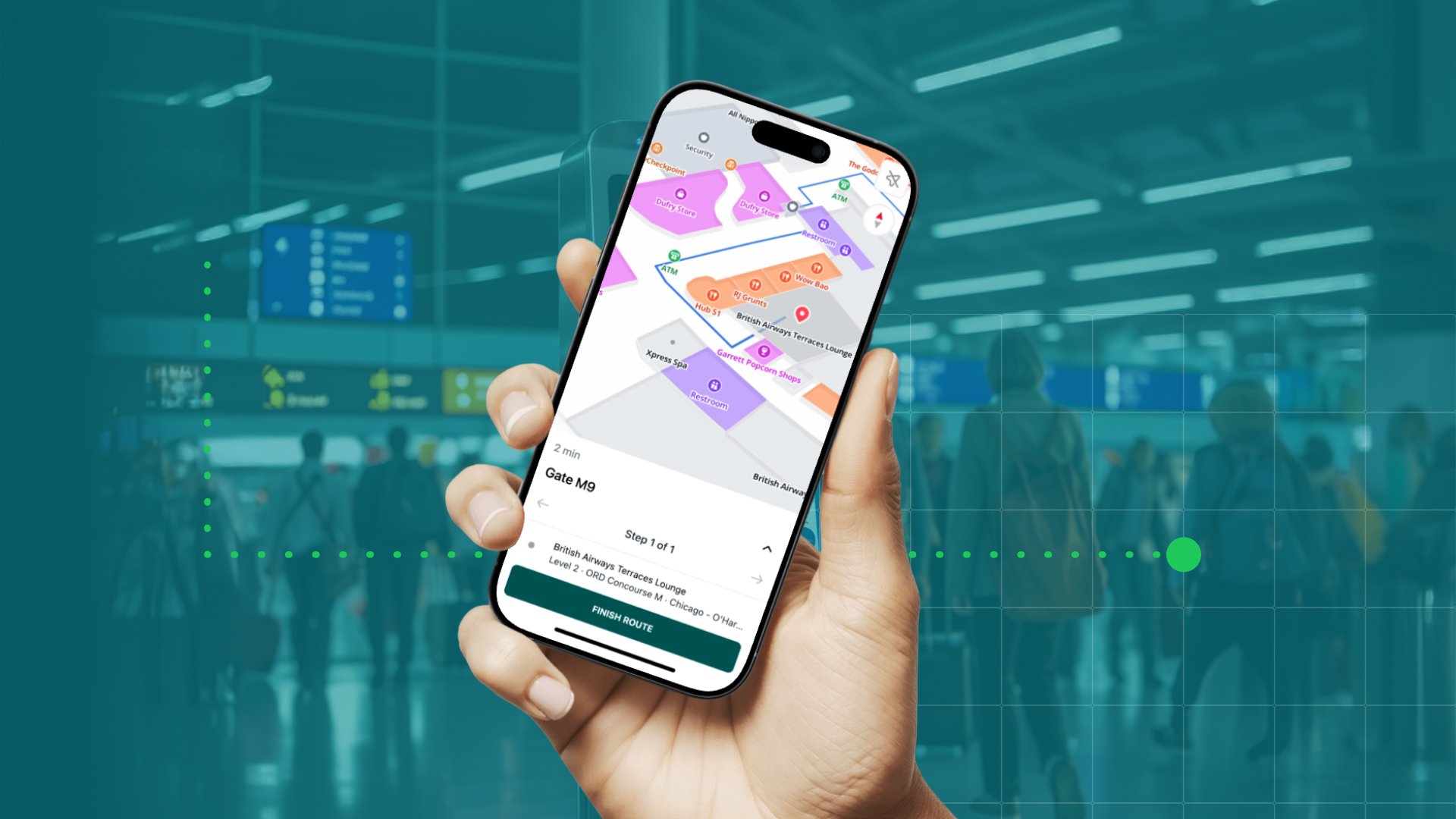7 Ways to Get More Value From Your Workplace Map
In today’s hybrid work environment, the role of a digital map goes beyond just helping people find a room. Whether your employees are in the office full-time or just a few times a week, interactive maps can play a huge role in helping employees feel connected, informed, and supported. A well-structured map becomes part of the digital layer that powers workplace experience, and reflects how people move, interact, and access resources. Here are seven practical ways to maximize the impact of your workplace map:
1. Design for what people are trying to do
Employees aren’t always searching by room name. They’re looking for coffee, a quiet space, or IT support. Add all workspaces, support hubs, and amenities as points of interest, and include familiar terms that reflect how people talk about them. Design around human behavior by tagging workspaces, support hubs, and amenities as points of interest (POIs), using the language employees actually use. This makes the map more intuitive for daily use.
2. Place QR codes where people start moving
Help people get oriented without needing another app. A QR code in the lobby, elevator bay, or breakout zone can open the map with the person’s location already filled in. This brings location context directly into their path and makes spatial information available when and where it matters. From there, they can search and navigate to any desk, room, or shared space with minimal effort.
3. Add commuting touchpoints to the map
Wayfinding begins outside the building, and your map should reflect the full route. Make it easy to get from the garage or transit stop to the right floor or wing. Add parking zones, shuttle stops, and entry points to the map. QR codes in these areas help employees and visitors start their journey before they step into the building, reducing confusion and late arrivals.
4. Make everyday essentials easy to find
Some spaces, like restrooms, lockers, and printers, are used more often but still get overlooked on many maps. These locations matter most to new joiners and visitors. Use terminology people recognize, and make sure they are searchable within a few taps. Supporting everyday moments removes friction and improves inclusivity for all users.
5. Extend the map to internal teams
Your map is relevant for more than just the employee experience. Facilities, IT, and workplace operations can also benefit from the map to plan tech deployments, monitor room usage, or support space planning. Sharing the map with internal teams gives everyone the same reference point for planning so you coordinate more easily, make faster decisions, and avoid duplicated efforts.
6. Assign external IDs for better connections
Integrations become much easier when every room or resource has a unique external ID. Whether it’s syncing with room booking software, IT ticketing tools, or employee directories, structured external IDs ensure systems are linked and talk to each other. This small data layer is critical for building an ecosystem of connected tools and services.
7. Adapt the map for the users
Customize the map view based on who is using it. Show engineers where equipment labs are, or help visitors find meeting rooms faster. You can also change routing and POIs based on different employee profiles, so the map always feels relevant to the user. Context-aware environments signal respect for user needs and help offices function at scale without sacrificing personalization.

A better employee experience starts with a smarter map
With a few small changes, your map becomes a shared reference point for navigation, productivity, resource access, and smoother workdays. The mapping data is already there, all it needs is a setup that supports how people actually use your workspace.
Is your office map doing enough to support your people?
April 23, 2025
.jpg)



.png)